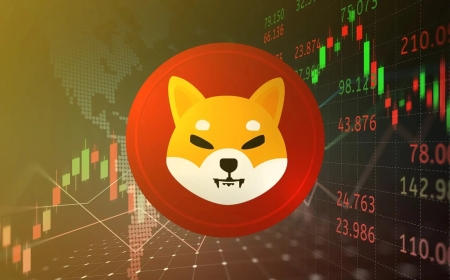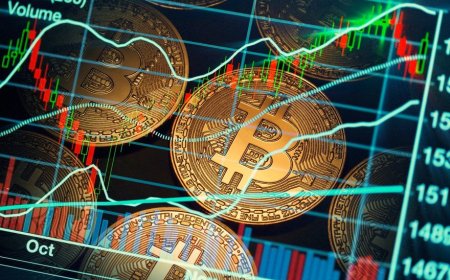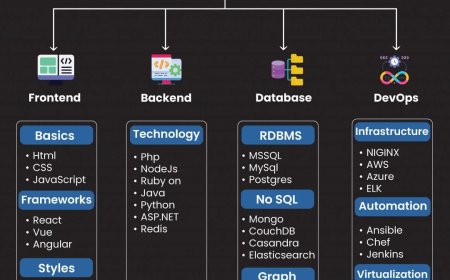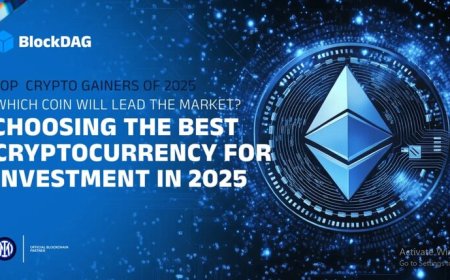Why Does Solana’s Price Fluctuate Every Minute?
Learn why Solana’s price changes by the minute. Explore the role of market demand, trading bots, liquidity, and investor behavior in real-time volatility.

In the fast-paced crypto world, changes in Solana prices today stand out as an indicator that traders, developers, and investors fiercely monitor. Famous for its high throughput and scalable infrastructure, Solana has emerged as one of the most active layer-1 blockchains in a short time. Whether trying to read a Solana (SOL) price chart or analyzing the Solana price movement live chart, it is essential to understand some key metrics and underlying forces that shape the valuation for making informed decisions.
What is Solana and why does it Matter?
Solana is a high-performance blockchain designed to support decentralized applications (dApps), DeFi protocols, and NFT marketplaces with speed and low fees. Unlike older blockchains with congestion and scalability issues, the Solana blockchain leverages a hybrid consensus model combining Proof of Stake (PoS) and Proof of History (PoH). This unique protocol allows Solana to process thousands of transactions per second, making it one of the fastest networks in the cryptocurrency ecosystem.
Live Solana Price Metrics
The Solana live price fluctuates based on global trading volume, market sentiment, and on-chain activity. Major price trackers like Gemini, CoinMarketCap, and CoinGecko offer real-time views of the Solana (SOL) price chart in USD and other fiat currencies like the US dollar. These platforms provide insights into:
- Market cap
- 24-hour trading volume
- Price changes (daily, weekly, monthly)
- Token supply
- DeFi lock-in metrics
Why Solanas Price Moves in Real-Time
Several factors drive Solanas price on a minute-by-minute basis:
1. Blockchain Activity and Smart Contracts
High-volume usage of Solanas network for NFT launches, DeFi transactions, or token transfers increases demand for SOL, causing price spikes.
2. Market Sentiment and Volatility
As with any other cryptocurrency, Solana's price moves with larger crypto market trends, synchronizing with Bitcoin and Ethereum movements, the news cycle, and social sentiment.
3. Integration with Exchanges and Wallets
Its presence on different crypto exchanges such as Gemini, Binance, Coinbase, and Wallets such as Phantom and Solflare gave Solana trading capability and flexibility concerning market conditions.
Comparing Solana to Other Major Tokens
|
Feature |
Solana |
Ethereum |
Bitcoin |
|
Consensus |
PoS + PoH |
PoS (Post-Merge) |
Proof of Work |
|
TPS |
65,000+ |
~30 |
~7 |
|
Use Cases |
dApps, DeFi, NFTs |
DeFi, dApps |
Store of Value |
|
Ecosystem |
Solana Labs, Serum, Helium |
Uniswap, OpenSea, Lido |
Lightning Network |
Solana is often compared to Ethereum for its utility and scalability and to Bitcoin for its store of value aspect, though it offers a distinct advantage in transaction speed and cost.
Solanas Role in DeFi and Yield Farming
Solana powers a growing number of decentralized finance (DeFi) platforms. Its low transaction fees and fast block finality make it ideal for:
- Yield farming
- Liquidity mining
- Decentralized exchanges (DEXs)
Protocols like Raydium, Orca, and Marinade Finance leverage Solanas infrastructure to offer seamless DeFi experiences.
Wallet and Token Interactions
Users require SOL tokens and a crypto wallet such as Phantom, Solflare, or Trust Wallet to interact with the Solana blockchain. These wallets allow users to manage digital assets, store NFTs, and engage with smart contracts safely.
Key wallet features:
- Support for Solana SPL tokens
- Integration with dApps
- Support for hardware wallets for added security
Final Thoughts
Following Solana's price predictions today lets the user be a step ahead in an unpredictable market. With Solana still being an eminent altcoin for its lightning-fast protocol, an active DeFi system, and ample real-world adoption via application to NFTs and gaming, whether for long-term holding or day trading, keeping oneself updated with Solana live price and real-time metrics will pave the way for a successful crypto strategy in 2025 and beyond.























